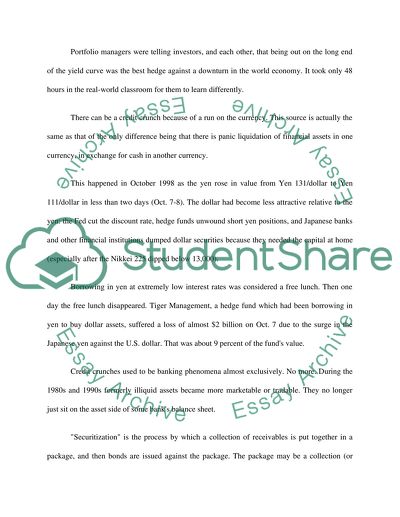Cite this document
(The Credit Crunch Coursework Example | Topics and Well Written Essays - 2000 words, n.d.)
The Credit Crunch Coursework Example | Topics and Well Written Essays - 2000 words. https://studentshare.org/finance-accounting/1521300-land-and-property-develeopment-diary-of-the-credit-crunch
The Credit Crunch Coursework Example | Topics and Well Written Essays - 2000 words. https://studentshare.org/finance-accounting/1521300-land-and-property-develeopment-diary-of-the-credit-crunch
(The Credit Crunch Coursework Example | Topics and Well Written Essays - 2000 Words)
The Credit Crunch Coursework Example | Topics and Well Written Essays - 2000 Words. https://studentshare.org/finance-accounting/1521300-land-and-property-develeopment-diary-of-the-credit-crunch.
The Credit Crunch Coursework Example | Topics and Well Written Essays - 2000 Words. https://studentshare.org/finance-accounting/1521300-land-and-property-develeopment-diary-of-the-credit-crunch.
“The Credit Crunch Coursework Example | Topics and Well Written Essays - 2000 Words”. https://studentshare.org/finance-accounting/1521300-land-and-property-develeopment-diary-of-the-credit-crunch.


